Housetraining is one of the most important lessons when a new puppy is in the house. But knowing how to potty train a puppy can be one of the most difficult and frustrating aspects of being a new puppy parent.
To make the process “go” a little smoother (pun intended), we have written up this article aiming to guide you on how to housebreak a puppy quickly and efficiently. Let’s get into it!
Table of Contents
- How Long Does it Take to House Train a Puppy?
- How to Potty Train a Puppy to go Outside
- Use Verbal Commands
- Maintain a Consistent Feeding Schedule
- Take Him to Potty at Key Times
- Sample Puppy Potty Training Schedule
- Crating and Supervising
- Using Dog Potty Training Bells
- How Long Can a Puppy Hold it at Night?
- Handling Accidents: to Punish or Not to Punish?
- Cleaning Up and Eliminating Odors
- How to Potty Train a Puppy When You Work, Live in an Apartment, or Don’t Have Your Own Yard
How Long Does it Take to House Train a Puppy?
The first thing we should mention is that getting your puppy fully house trained will probably take several months. For some pups, it can take up to one year.
Now, this is not to say that he won’t be mostly trained for most of that time.
If the housetraining is consistent and your puppy is given enough opportunities to go potty throughout the day, he can realistically learn to be mostly house trained within a month or two.
But if you aren’t paying close attention, or he isn’t being given enough time to go potty, an accident inside the house once in a while is to be expected.
How to Potty Train a Puppy to go Outside
Choosing a Potty Location
Introduce your puppy to his potty area immediately upon arriving home on Gotcha Day. The breeder may be able to provide a bit of material that already has your puppy’s smell. Place the material somewhere you would like your puppy to use as his new potty area. Praise him if he shows interest in the area, and especially if he goes potty there.
Make sure that the location is practical and easy to access. The desired potty area should be away from any fruit and vegetable gardens and away from dangerous or toxic plants.
If you live in the city or don’t have a private yard, you can still encourage and train your pup to go potty in a specific area when taking him out.
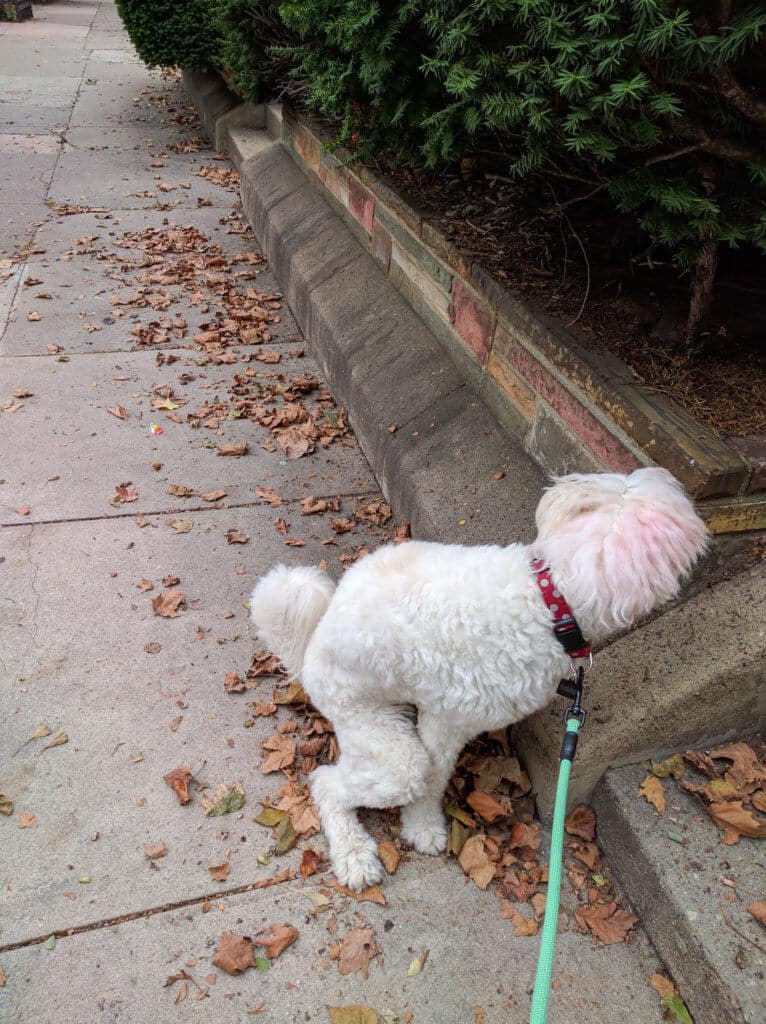
Be aware that puppies under 16 weeks old should not be put on the ground in public due to disease risk. Consider housetraining on puppy pee pads until your puppy has completed his vaccinations (around 16 weeks of age). More on puppy pee pad training below.
Go outside with your puppy every time, and praise him very enthusiastically when he has gone potty in the desired area. Treats are also great to reinforce the action of going potty in the desired location.


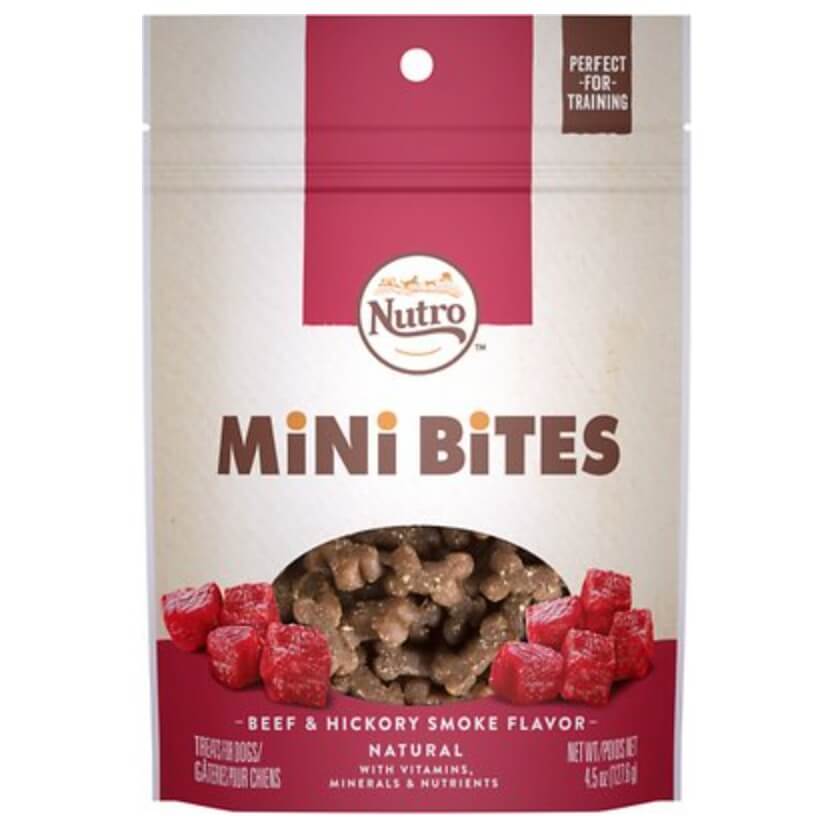
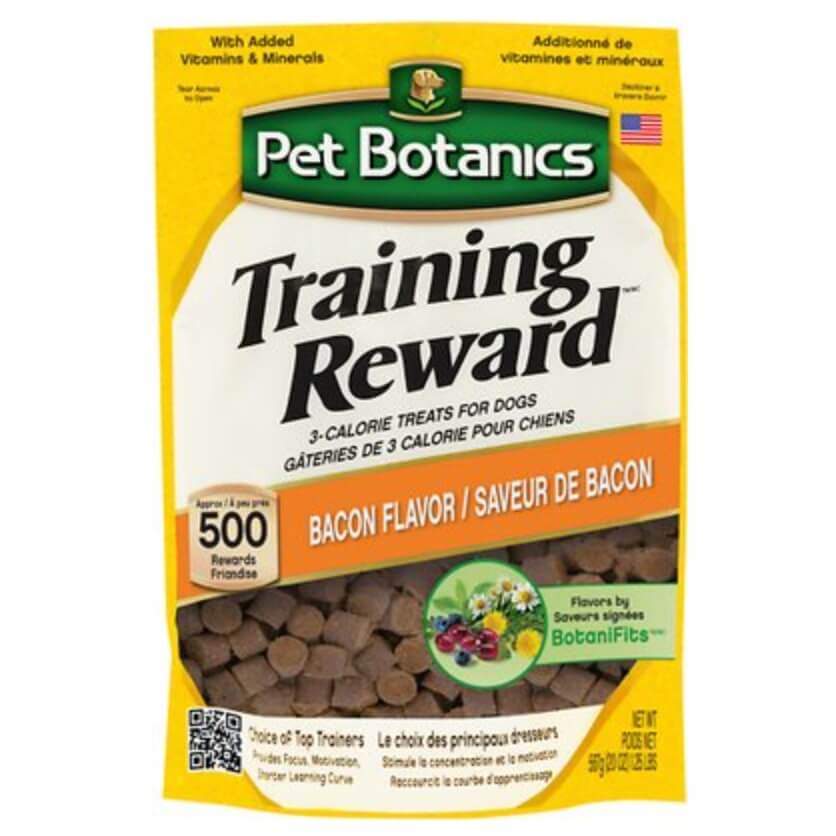
Moreover, take him to the same place each time so he learns to only potty in that one area, and you can keep the rest of your yard clean!
Use Verbal Commands
A great tip for how to potty train a puppy is to choose a verbal command that means it’s time for a potty break, such as “Outside!”
While your puppy is actively relieving himself, use another specific word or phrase (such as, “Potty!”). He will eventually associate that word to the act, and as your puppy grows into a house trained adult dog, you’ll be able to use that phrase to get them to go potty on command.
Maintain a Consistent Feeding Schedule
Maintaining a consistent feeding schedule is going to be key in how to potty train a puppy quickly and efficiently. Here are some tips on maintaining consistency in your puppy’s eating routine:
- Only offer food two to four times per day (depending on his age), and offer each meal at the same time every day. This is beneficial because eating and drinking are known to stimulate elimination. This will help your puppy establish a consistent and predictable potty schedule.
- Until your puppy has grown a bit, only leave his food down for 20 minutes or until he walks away. (You can choose to free feed after your puppy is fully house trained.)
- Keep water freely accessible all day, but take away his water bowl one to two hours before bedtime.
Take Him to Potty at Key Times
In addition to a consistent feeding schedule, how active your puppy is during the day will determine how often he will need to go potty. Additionally, you might expect a young puppy to need to go potty at these key times:
- First thing in the morning
- Following play and exercise
- Within 30 to 60 minutes after meals
- After waking up from naps
- After being released from his crate or confinement area
- Before being put into his crate
- And just before bedtime
These are times when puppies are most likely to need to relieve themselves, so be sure to accommodate your puppy as best as you can.
The younger the puppy is, it’s a good idea to take him out once every 30 minutes to an hour.
Sample Puppy Potty Training Schedule
Based on the above, here is a sample puppy potty training schedule that you can follow or modify to fit your own schedule.
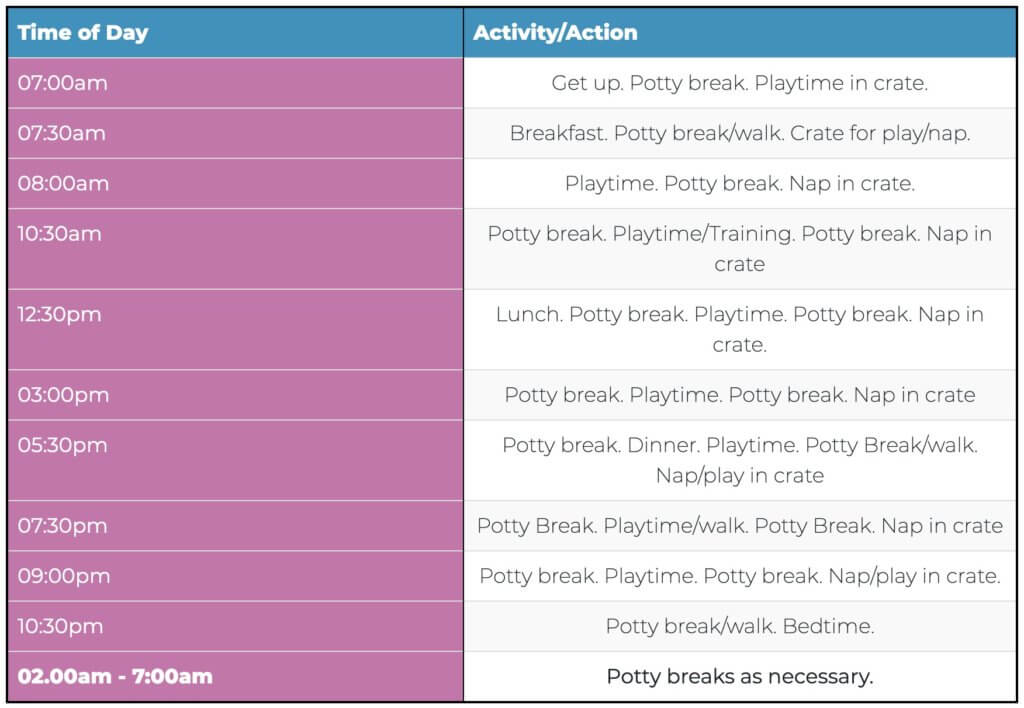
Crating and Supervising
Until your puppy has gone four weeks without having a single accident inside the house, he should be directly supervised by a family member at all times. (By the way, you can have your puppy on a leash indoors to keep him close and controlled, if you prefer.) If no one is available to watch him fully, he needs to be confined to his crate or a safe, puppy-proof (and accident-proof) area.
A crate can work wonders for how to potty train a puppy. Crates are supposed to be a safe, comfortable place for dogs, and they would prefer not to soil the place where they sleep (or eat).
That said, don’t confine your puppy in his crate until after he has gone potty and has had enough exercise and social interaction. Typically, the best time for a puppy to be in his crate is when it’s time for a nap.
Pay close attention and stay alert for signs that he has to go potty, such as whining, circling, sniffing, or barking/scratching at the door. When you see these signs, take him to his potty area immediately. By recognizing your puppy’s pre-elimination signs, he can be trained to wait to go potty outdoors without the need for punishment, and may soon learn to communicate when nature calls.
How Long Can You Leave a Puppy in a Crate?
Your puppy should never be confined for longer than he can control elimination.
Here is a good rule of thumb: only leave your puppy in his crate in hours equal to the age in months that he is. For example: if your puppy is two months old, only leave him in the crate for up to two hours at a time.
However, puppies under five months old really shouldn’t stay in a crate for more than four hours at a time (except at night).
If your puppy is kept in his crate for longer than he can control himself, he may be forced to go potty in his crate.
Other reasons why a puppy might go potty inside his crate include anxiety about being left alone. If the crate is too large, it is also possible that he may sleep on one side and use the other side as his potty. In this case, a crate divider is highly recommended to shorten the length of the crate in the short-term.
Using Dog Potty Training Bells
Dog training bells are one of the easiest and most non-confrontational solutions in how to potty train a puppy. Using dog bells is a fun and win-win way for your dog to communicate his need to go outside, instead of barking, scratching, or not communicating at all. Simply hang the bells on the door that leads to his potty area outside, and train him to ring the bells when nature calls. Lots of Doodle owners have used these with great success. Here are some recommended dog potty training bells.
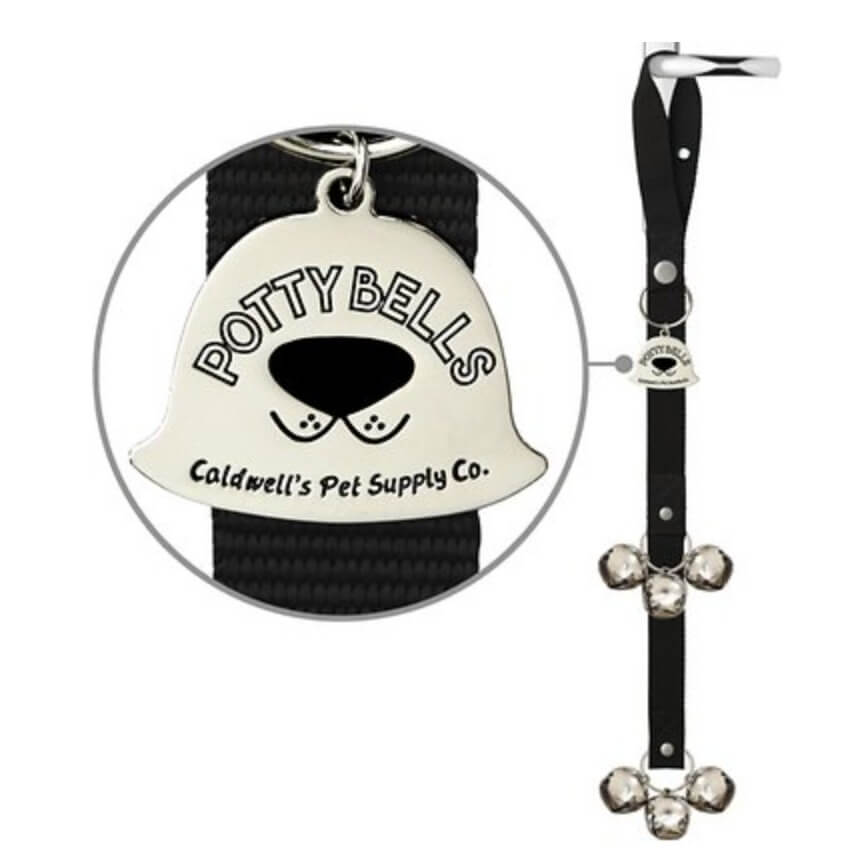
How Long Can a Puppy Hold it at Night?
During the daytime, a puppy should be able to go a few hours between potty breaks when he is under four months of age. By five months, a puppy may be able to go longer between potty breaks.
The good news is that most puppies can get through the night without needing to eliminate by about four months of age. However, before then, your puppy may need to go potty at least once every three hours. So stock up on coffee and know that these middle-of-the-night potty breaks won’t last forever.
Handling Accidents: to Punish or Not to Punish?
In regards to how to potty train a puppy, punishment is not recommended during housetraining. Rather, the goal is to interrupt your puppy if he is caught in the act of going potty inside the house, and then direct him to the appropriate location so that he can be rewarded when he eliminates there.
For example, if you catch your puppy in the act of going potty inside the house, quickly say ‘no’ and clap your hands or pull on his leash to interrupt him. Then, take him outside and praise him enthusiastically upon completion.
Resist the urge to punish or scold him for an accident. Never shove your puppy’s nose in his mess, as he won’t know to associate the punishment with the mess. Consequently, he may even learn to go potty inside the house when you’re not around to scold him for it.
Cleaning Up and Eliminating Odors
If urine or stool is found on the floor after your puppy has eliminated, clean it up immediately so as to remove any odors (and prevent staining if on carpet). Clean up accidents with an enzymatic cleanser that has been specifically designed to eliminate pet urine odors, rather than an ammonia-based cleaner. Enzymatic cleansers are better at minimizing odors that might attract your puppy back to the same spots.
Use a generous amount of the odor eliminator product, and follow the directions on the label to get to the source of the odor. Here is a highly-rated pet stain and odor remover product:
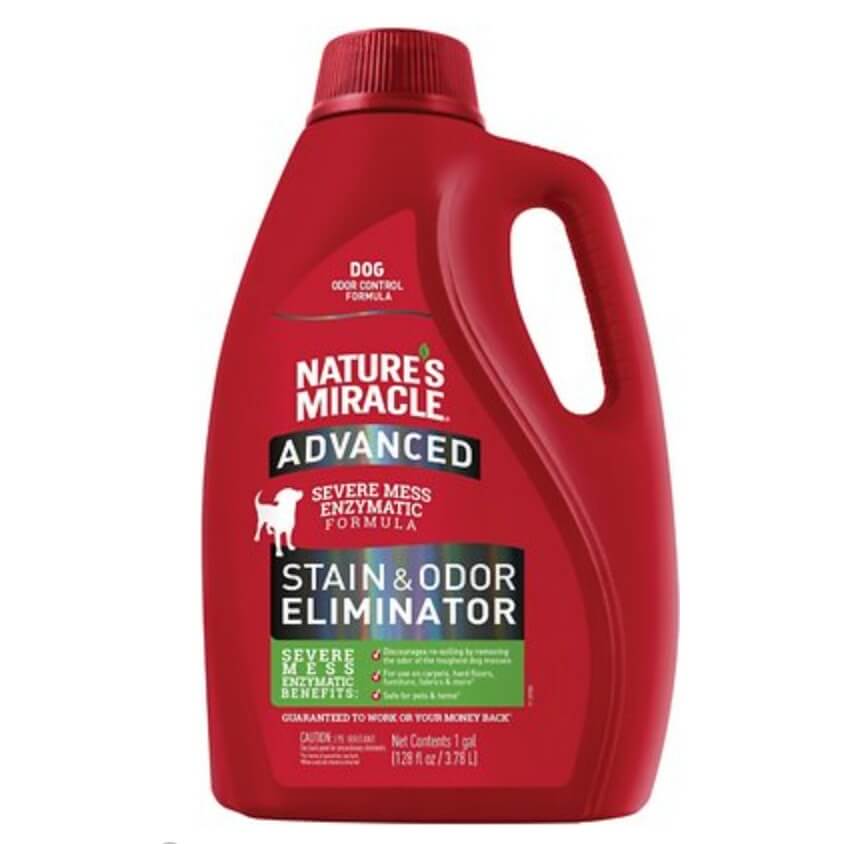
Be sure to have plenty of rags and paper towels on hand to clean up any puppy messes, as well.
To prevent further indoor accidents, you can cut off access to your puppy’s favorite potty spots by closing doors or moving furniture to cover the areas.
How to Potty Train a Puppy When You Work, Live in an Apartment, or Don’t Have Your Own Yard
For people who don’t have access to a private yard, or when it is not practical to take the puppy outside frequently enough (as is the case with full-time working folks), consider potty pad training.
Potty Pad Training
Potty pad or “paper” training is a great solution for people in any of the above situations.
For these people, potty training pads will come in handy, as they can be used anytime, anywhere. They are especially helpful for city/apartment dwellers whose puppies are still under 16 weeks old and haven’t completed their vaccinations.
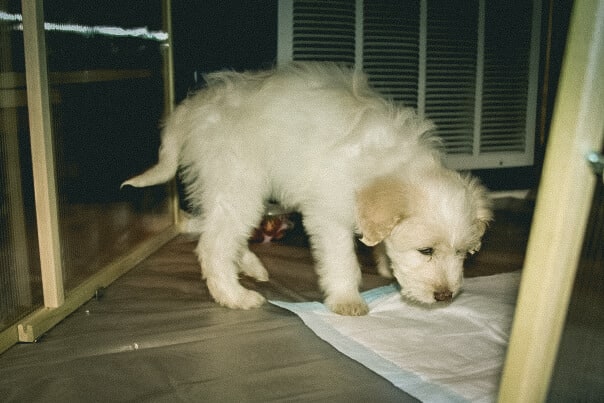
Puppy pads are similar to baby diapers in that they absorb fluids. They are simply laid on the floor to give your puppy a place to go potty. They can be easily cleaned up and thrown away. Here are some recommended puppy potty pads.

Find the Best Deal:
While you are out or when you cannot supervise, a small crate can be used for confinement for short durations of up to a few hours. However, a puppy-proofed room or large playpen with potty pads covering the floor, except for a sleeping and eating areas, can be used if you will be away for more than a few hours.
If you’re worried that your pup will never want to go potty outside, potty pad training can be combined with outdoor potty training so that he learns that there are two appropriate places to eliminate.
We hope that gave you some really good insight on how to potty train a puppy.
What other tips do you have on how to potty train a puppy? Let us know in the comments below!
Learn How to Care for Your Doodle Puppy!

Perfect for first-time Doodle parents, get ALL your questions answered, including questions new Doodle parents don’t even think to ask.
Plus, get $700 worth of Bonus Materials for FREE, including:- Doodle Parenthood Community and Support Group ($190 value)
- Doodle Puppy Growth Tracker ($20 value)
- EMERGENCY Cheatsheet: When To Call The Vet Immediately ($50 value)
- HELP! Button ($145 value)
- And SO MUCH MORE!


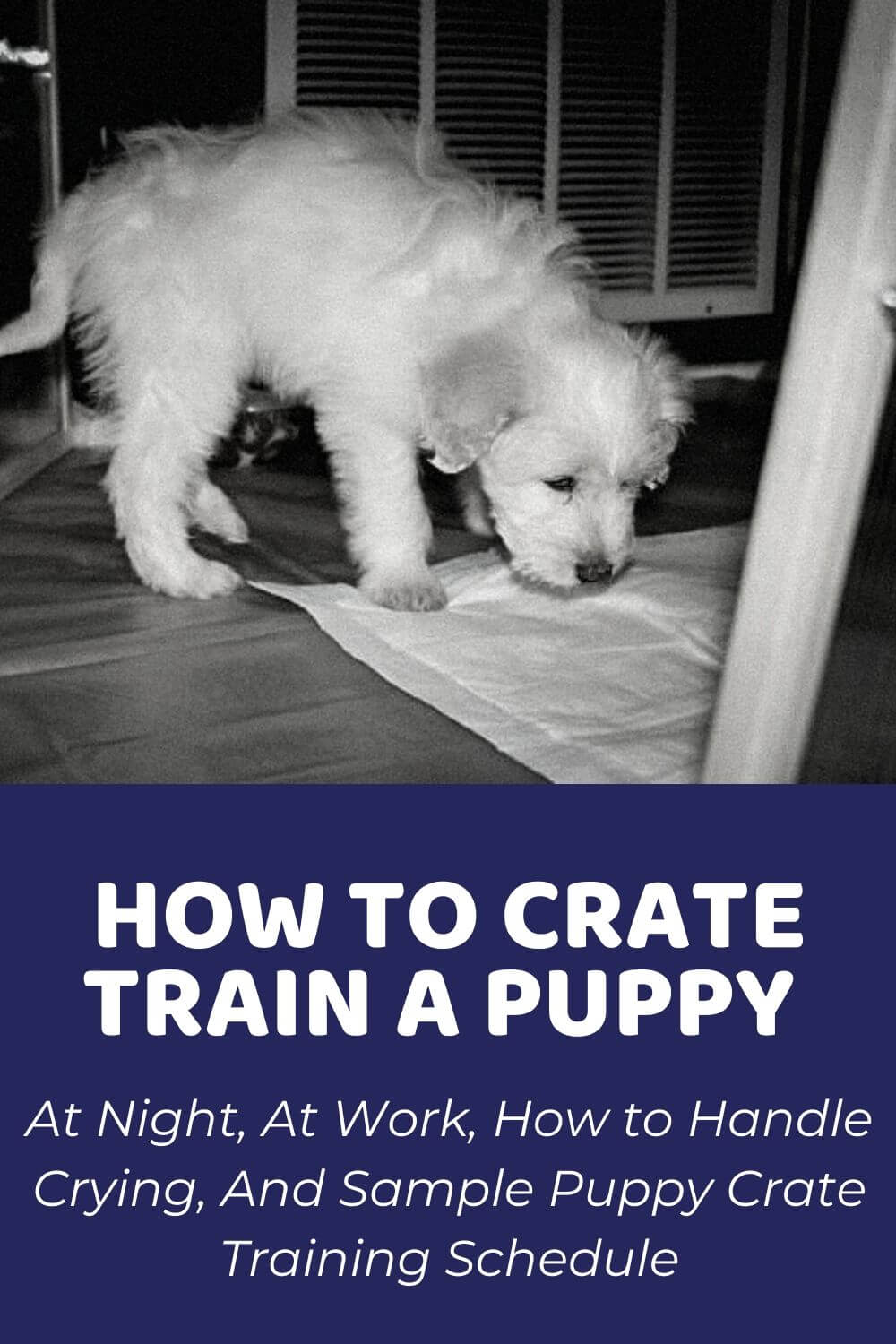

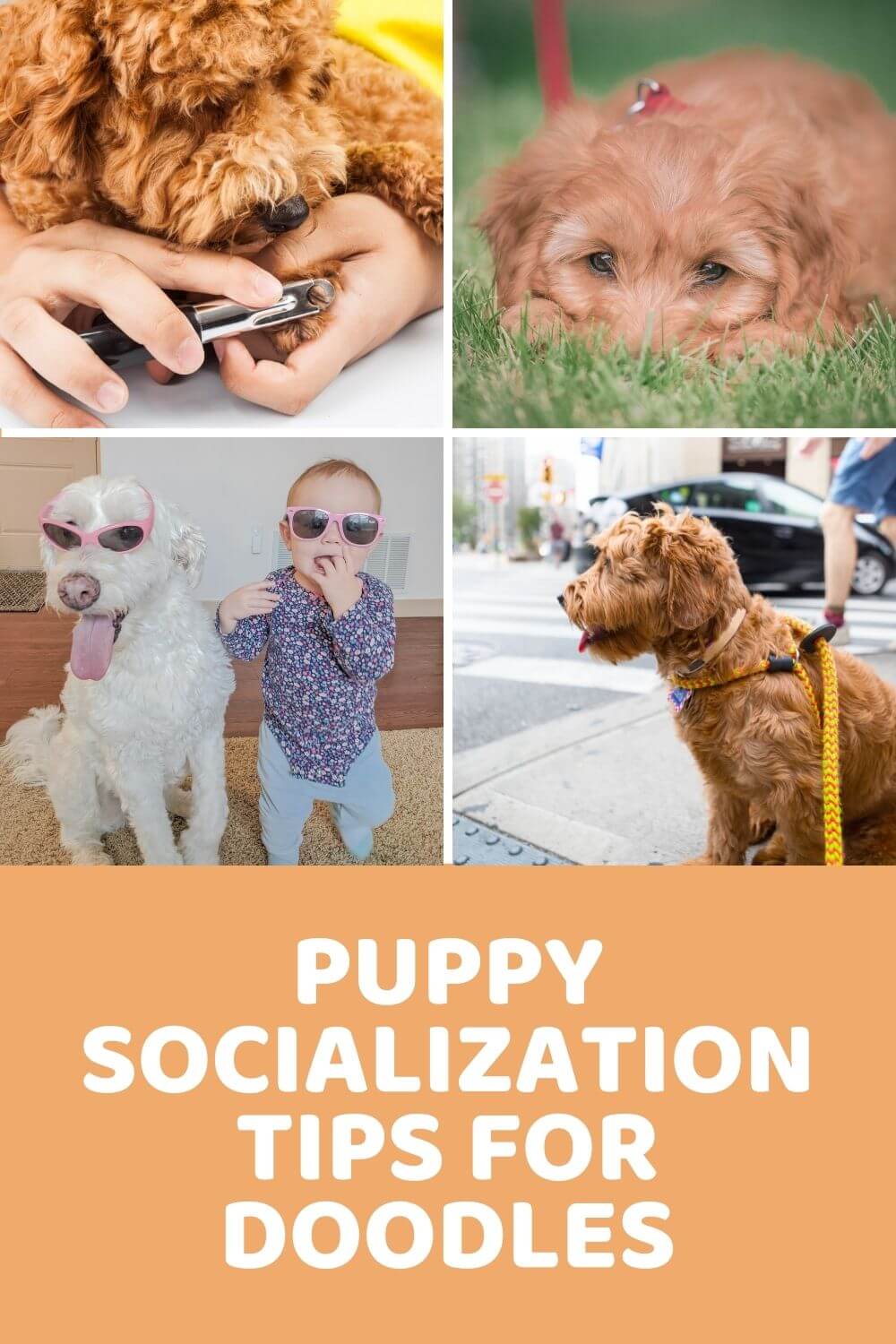
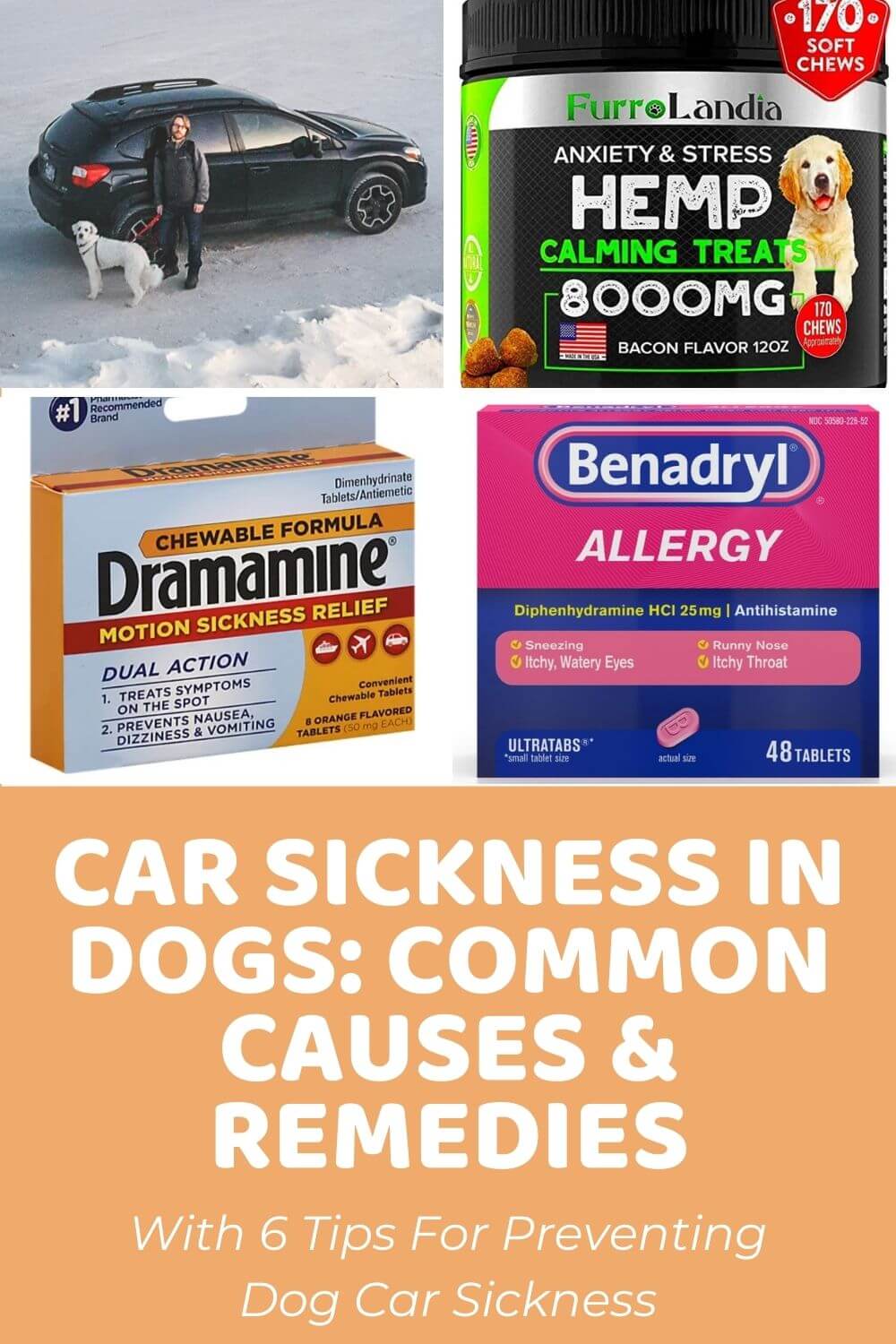
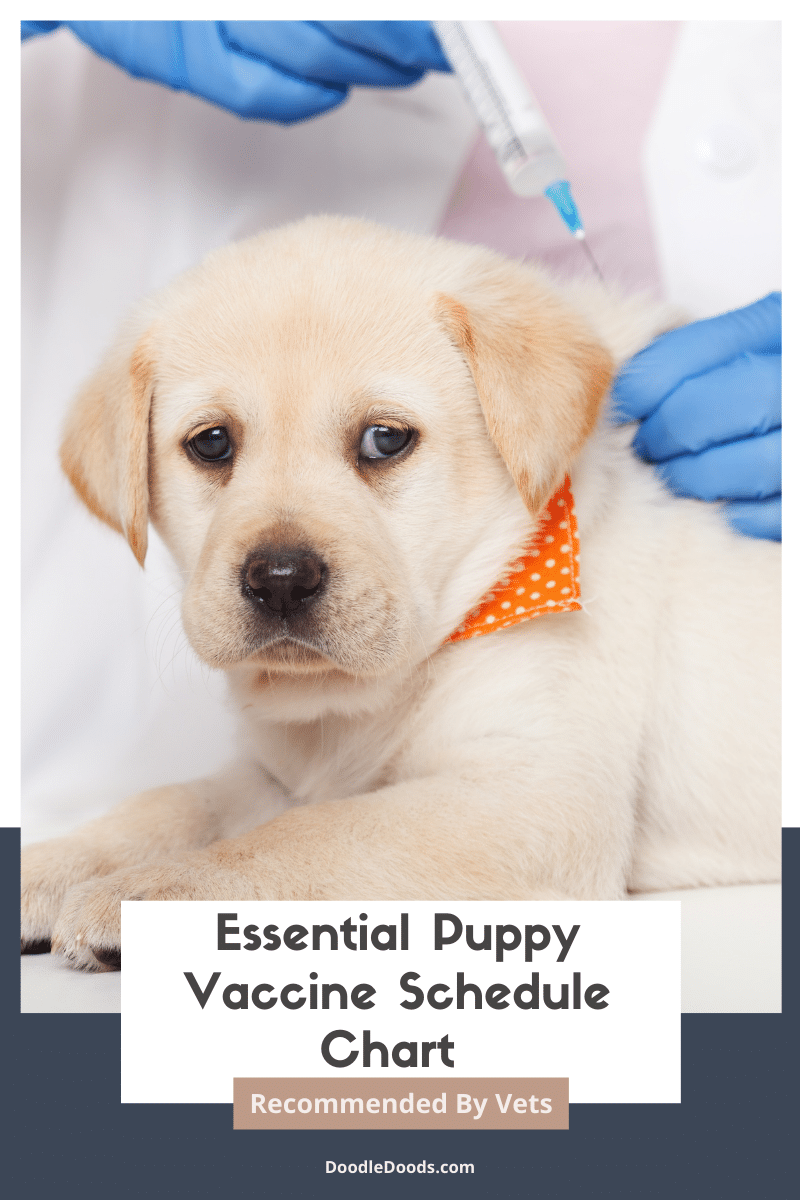
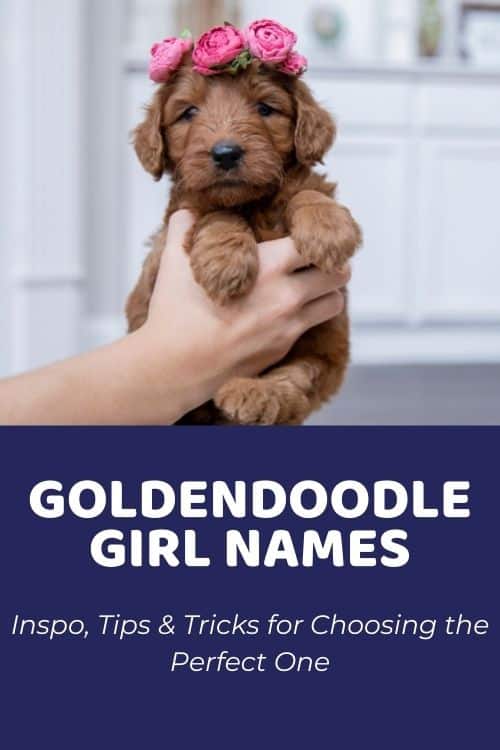
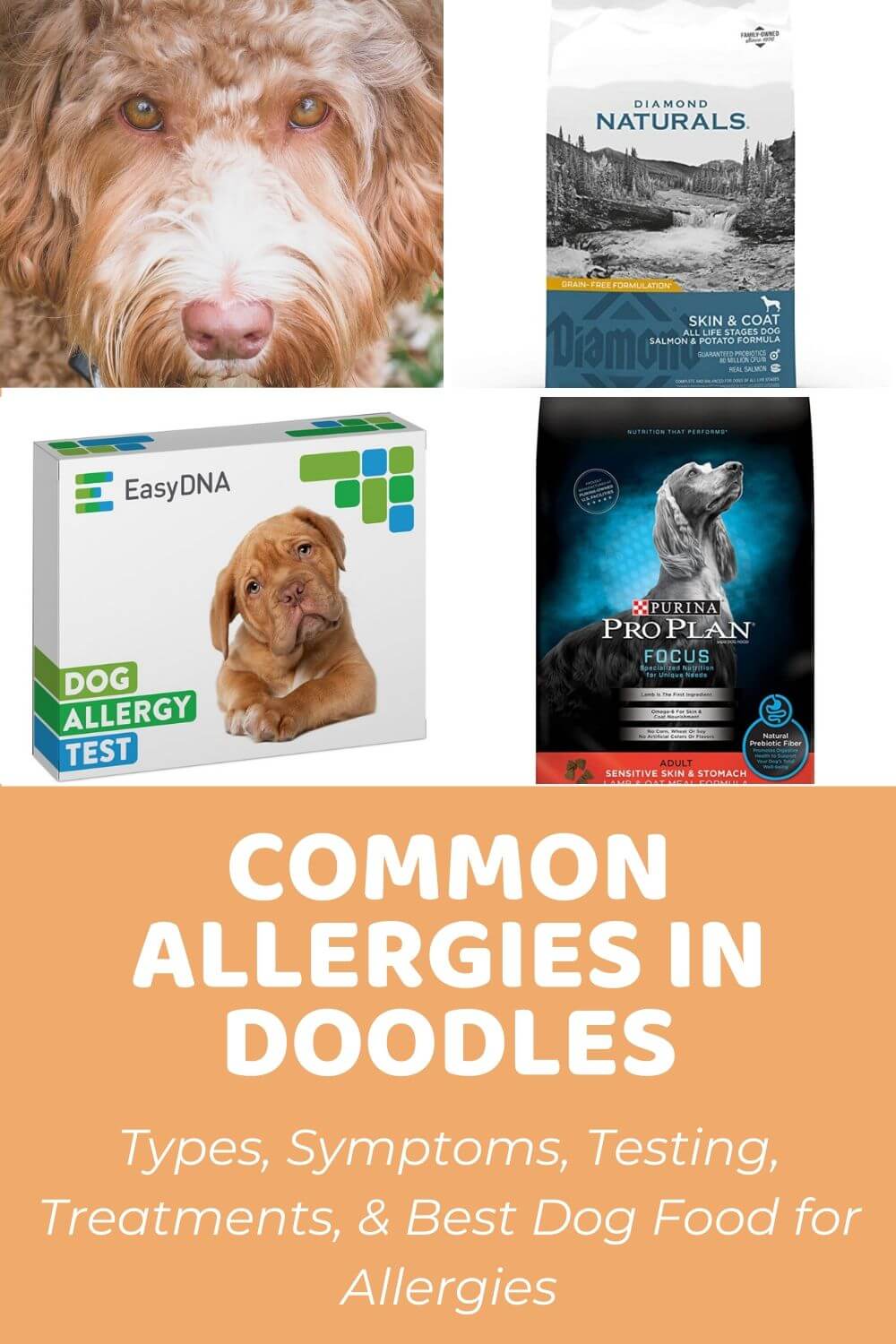
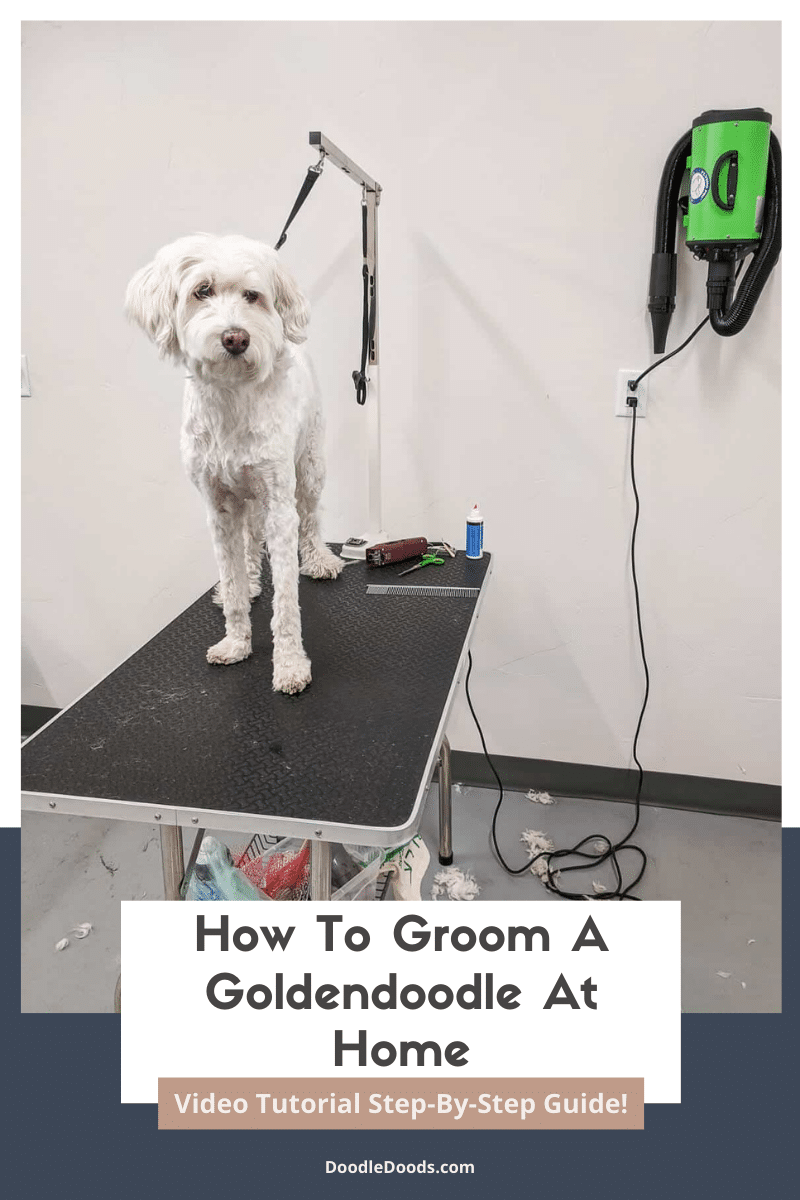

Thank you so much for this information. I am going to pick up my little girl doddle this Friday. I had a little pomapoo for 19 years and I have truly missed her terribly. Because my husband and I are getting older, I think it will be safer to have a larger dog in our family. They are just like our children are to us. I look forward to reading more of your information. Again, thank you so much.
September 27, 2021 at 3:27 pm